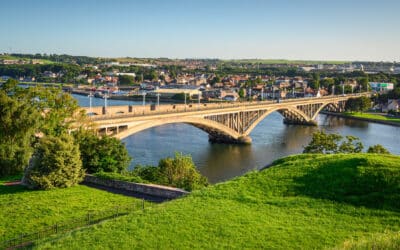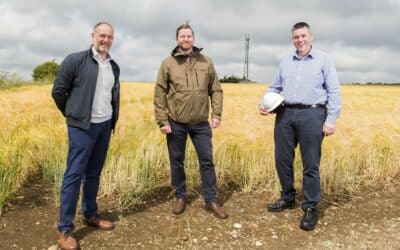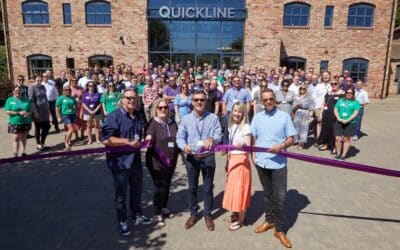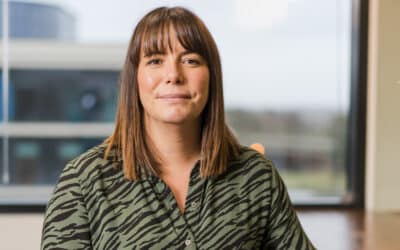More than half of subscribers in Yorkshire and the North East of England will have slower broadband speeds than the moon by 2024, according to analysis from rural broadband specialist National Broadband.
US startup Aquarian Space announced last year that it has received $650,000 seed funding towards its plans to bring 100 Mbps connectivity to the Moon by 2024 through its Solnet platform.
In response, National Broadband took to data from the Fair Internet Report to analyse median download broadband speeds and typical download broadband speed ranges of 1,339 cities, towns and villages across the UK.
The results showed that at current speeds, 60 per cent of Yorkshire broadband users, and 58 per cent in the North East can expect to potentially be using slower internet than visitors to the moon by next year.
The North West didn’t fare a great deal better, with 46 per cent of users enjoying plodding terrestrial speeds, while at the opposite end of the scale, 91 per cent of London internet users had access to speeds above 100Mbps.
Yorkshire was the second slowest region UK-wide, with only Wales, at 70 per cent, reporting slower services. Wales was also home to the slowest median rural village overall – Narbeth – although the North certainly shouldn’t be complacent: Temple Sowerby in Cumbria was home to the nation’s second slowest average connection.
Nor is it just lunar adventurers that can look forward to less buffering on their Netflix than certain Northern towns and villages. National Broadband found that The Arctic Circle, with speeds of 100Mbps thanks to Kepler’s satellite connection, boasts a faster connection than towns including Windermere in the Lake District and Tadcaster in Yorkshire – hardly rural backwaters.
David Hennell, director at National Broadband, said: “The disparity between digital ‘haves’ and ‘have nots’ in the UK is sadly growing. While the moon is set to gain dizzying broadband speeds of 100Mbps, those in rural areas are left struggling with near-unusable broadband speeds of less than 10Mbps. We know that’s just the tip of the iceberg, as there are over 500,000 properties dotted across the UK experiencing the exact same issues. This makes it very clear that just not enough is being done to close the digital divide in this country.”











